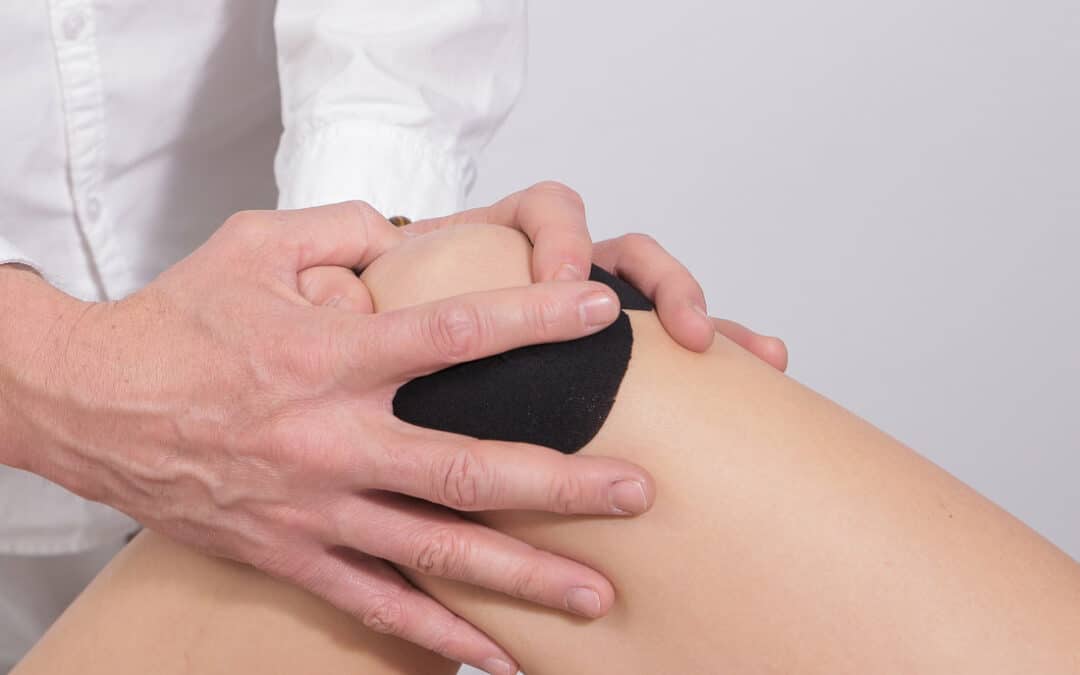Knee osteoarthritis (KOA) affects millions of people worldwide. To date, there’s no cure for OA so medical professionals prescribe palliative care to patients who’re diagnosed with osteoarthritis.
The knee brace is a commonly used treatment for KOA. Your Orthotist can prescribe you one based on your symptoms, severity of the disease and a few other factors.
In this article, we’ll discuss five scientifically proven benefits of using knee orthosis for osteoarthritis.
A Bit About the Osteoarthritis of the KneeOsteoarthritis (OA) is a degenerative condition that often appears in weight-bearing joints of the older populations. The knee joint is the most common area for OA.
It’s caused by a loss of the joint cartilage, wear and tear of the joints, obesity, metabolic causes or as a consequence of trauma. Repeated stress on the joint such as that due to running or playing aggressive contact sports is also a major contributing factor for knee osteoarthritis.
KOA usually appears after the age of 45 and patients can manage the condition for several years before needing knee replacement surgery.
However, the cumulative stress over the years can increase the severity of OA at onset or decrease the effectiveness of conventional treatments.
The main symptoms include moderate or severe pain in and around the knee joint, difficulty in walking, loss of range of motion, stiffness and cracking sounds whenever you move the joint.
Your doctor confirms the diagnosis based on the X-ray results. The severity of knee OA is categorized in four grades according to the level of joint space loss; with grade 1 being minor loss and grade 4 being the most severe.
Benefits of Using Knee Orthosis for Osteoarthritis of the KneeUsing a knee orthosis for OA reduces the need for a total knee replacement (TKR) surgery later on. Medical research concluded that using the brace decreases the need for opioids and pain-relieving injections, which is a win for patients suffering from knee osteoarthritis.
There’re several other benefits of using knee orthosis, some of which include:
- Minimize Articular Contact Stress
The knee off-loader brace or the pneumatic brace slightly pulls the two bones of the knee joint apart, just enough to create a suitable space in the joint.
Since knee osteoarthritis is caused by a decrease in the natural joint space due to articular cartilage loss, this separation created by the brace increases comfort levels and also protects the joint structures from further damage due to excessive articular contact stress.
- Reduces Pain
The pain you feel in OA is because whenever you move the knee the bones of the joint rub against each other instead of sliding over the articular cartilage.
A knee brace helps shift the weight away from the region of highest contact, thus reducing the pain.
The knee joint is divided into the medial and the lateral portions and most patients have OA in one of these compartments [called unicompartmental knee OA]. At this stage, offloading the most damaged area with a knee orthosis decreases pain and improves the ability to walk.
- Adds Stability to the Knee
Weak supporting structures around the knee and joint hypermobility contribute to osteoarthritis.
In such cases, a knee orthosis such as a hinged brace or a polypropylene knee sleeve provides three-dimensional external support to compensate for the loss of internal stability.
It’s also worn as a preventive measure to reduce wobbling of the knee during walking or standing.
- Improves Function of the Knee
Since wearing the knee brace reduces pain and improves stability, you feel more confident and safe while participating in physical activities and muscle strengthening exercises.
Hence using the knee orthosis directly contributes to reduced disability due to osteoarthritis. Your muscle strength improves as a result of the increased weight-bearing activities you can perform while wearing a brace as compared to without one.
Knee orthosis also improves the range of motion and the rate of bending [flexion] and extension of the knee during walking.
- Corrects Malalignment
Most patients alter their walking patterns due to the pain in their knees. That leads to additional problems in the hips and the back.
A knee orthosis corrects the knee alignment by providing stability and a medially or laterally directed force to counter the misalignment during walking.
That improves the gait pattern of patients suffering from knee osteoarthritis.
Types of Knee Orthosis for Osteoarthritis There’re different types of knee orthosis for the various severity levels of knee osteoarthritis. Your Orthotist is the best judge to decide which orthosis can help you the most.
Here’re the three most common knee orthoses for osteoarthritis:
- Varus or Valgus Knee Orthosis
The varus or valgus orthosis offloads the knee from either side.
If your osteoarthritis is located in the medial compartment then your Orthotist will prescribe you the Valgus unloading brace to shift the bodyweight to the lateral side, which is the less damaged compartment.
The offloading brace is made of rigid plastic with foam padding, steel struts and belts for added support.
- Knee Sleeves
Knee sleeves hug the joint from all sides.
They’re made of polypropylene and also provide a compression force to the region. That’s done to reduce the swelling associated with osteoarthritis.
- Single or Double Hinge Knee Brace
The hinge knee orthosis is a functional brace that’s meant to increase the range of motion and provide stability to the joint.
In this model, the hinge is placed at the level of the knee with the straps above and below the joint. Low-grade evidence suggests that it improves walking posture and fixes malalignment.
Final Words Technology and medical research have improved the quality and variety of knee orthosis for osteoarthritis.
If you suffer from knee pain due to OA, then visit our clinic and get an orthosis fitted for your joint. Our certified Orthotists can identify your functional limitations and prescribe you the knee orthosis perfect for your needs.




